Erika Lochs has worked in the games industry for numerous years, beginning her journey at independent game development studio Bohemia Interactive. Her first taste of character work involved making some costumes and hero assets for the game Vigor. Following this, she did a brief stint at Electric Square before joining Ubisoft. It was there that she had the privilege to work on The Settlers, Riders Republic, and Far Cry 6.
Through making costumes for player characters or civilians, Loch’s understanding and ability continued to grow. Having now returned to Electric Square as a principal character artist, she is now working in partnership with Blizzard and applying her talent to the Diablo 4 game.
We talk to Erika about her creative journey and how making her own clothes has made her a better 3D character artist. Read on to discover her tips and tricks and her predictions on the industry's future.
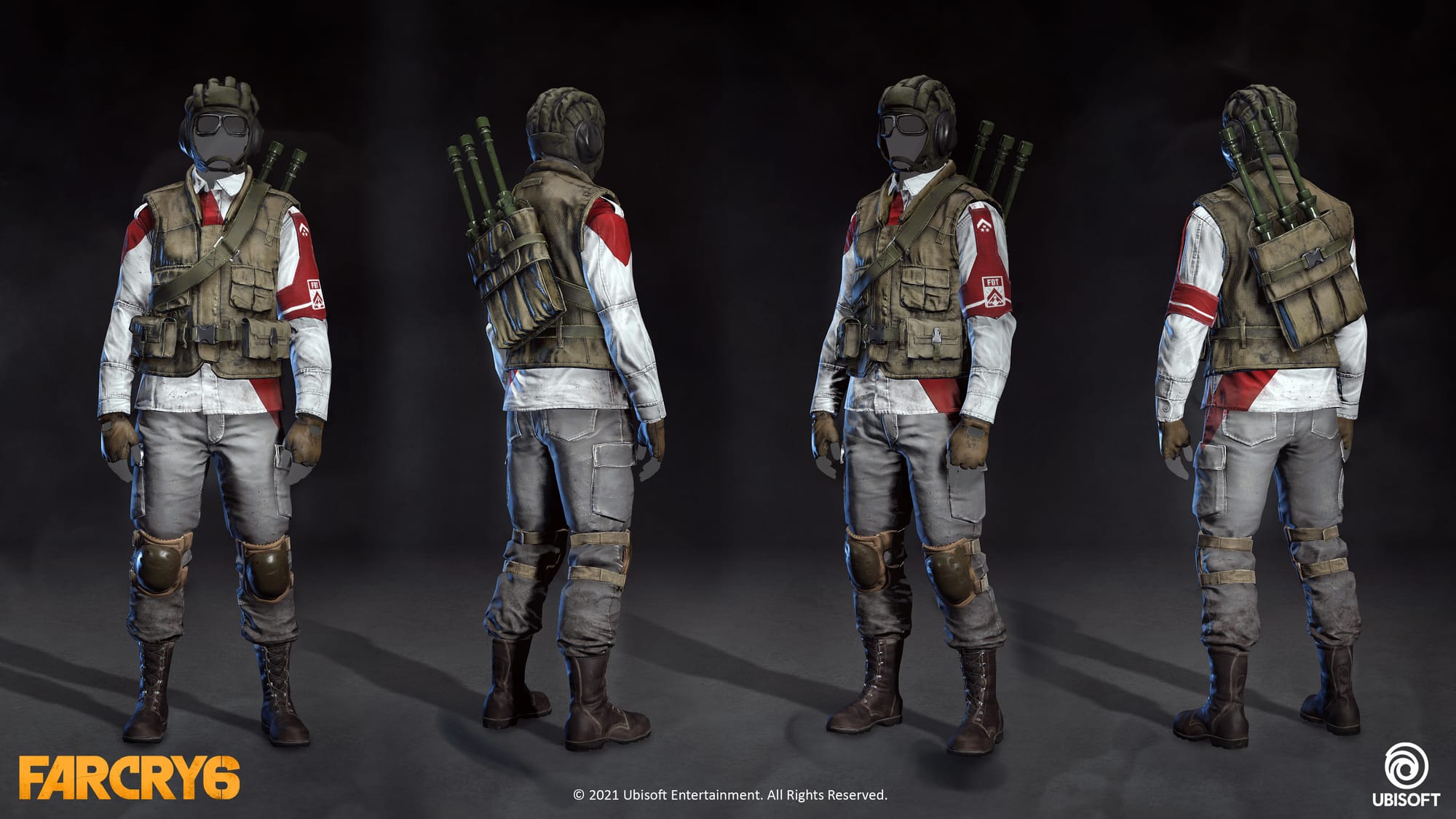
The Gnomon Workshop: What has been your journey into designing 3D clothes, and how has making your own clothes helped you?
Erika Lochs: I studied game development at Howest in Belgium, and my favorite course was Character Art. It was during my internship at Bohemia Interactive that I came across Marvelous Designer, and I can honestly say that it was love at first sight. I couldn’t put it down and spent countless hours learning how to use it to the best of my abilities.
At the time, I was fortunate enough to have a great teacher who taught me a great deal, and it was through this experience that my love for clothing started to grow. My grandma had taught me the basics of sewing and knitting when I was younger, but I forgot most of it as I got older. It was only during COVID that I took the time to relearn sewing and knitting, but handling all the materials in real life gave me a much better understanding of how to make clothes in 3D.
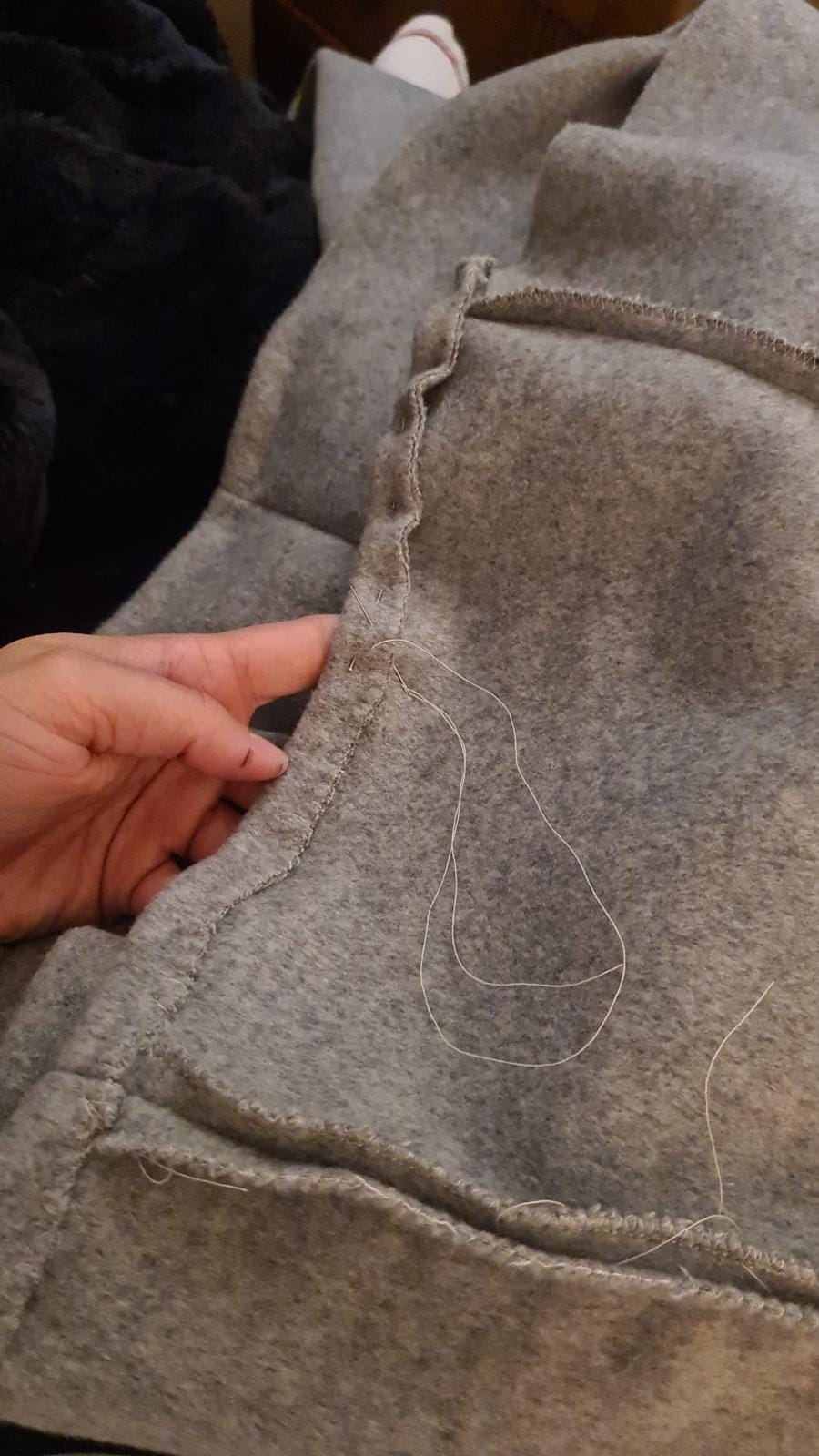
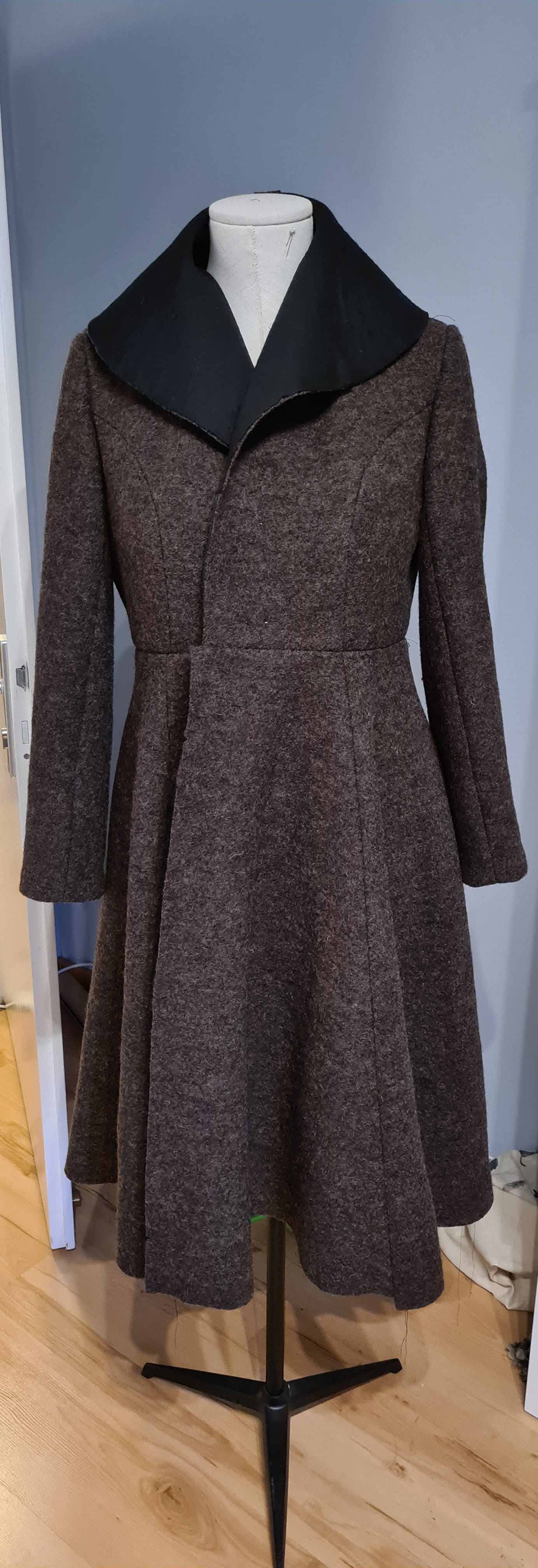
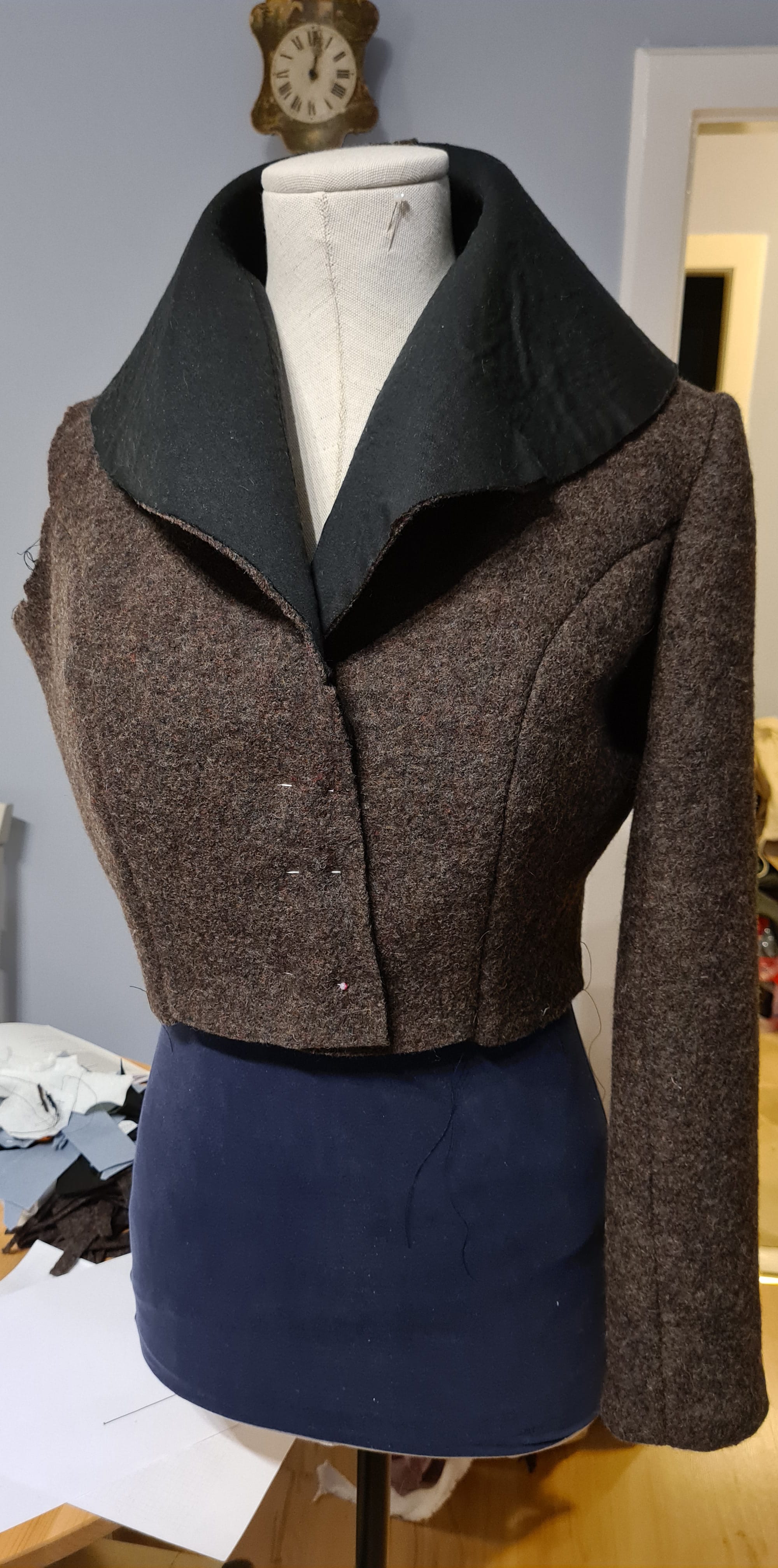
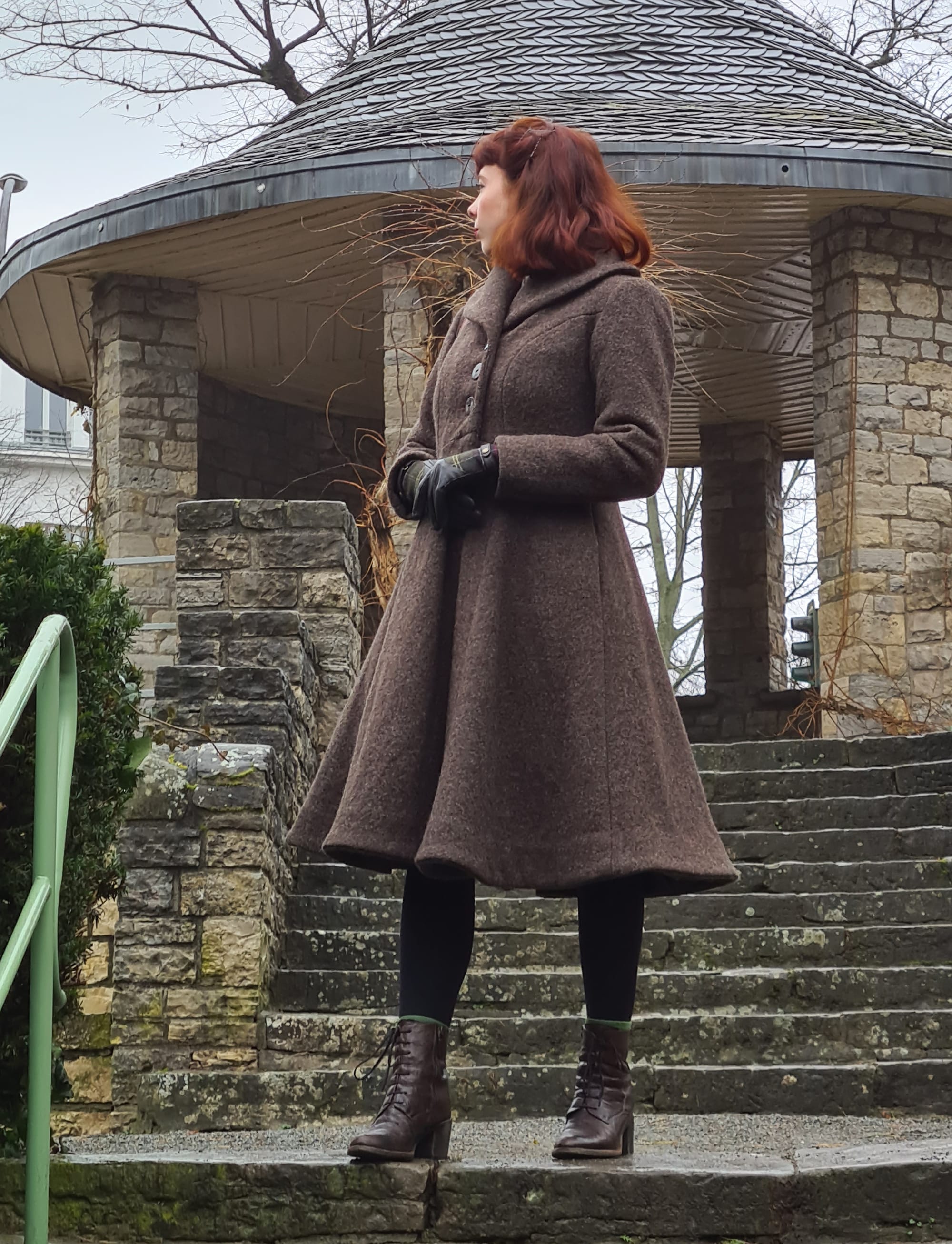
Erika Lochs's dressmaking skills have helped her to hone her work in Marvelous Designer to create convincing 3D clothing and props for game characters
TGW: Tell us a bit more about how sewing your own clothes helps you with designing and creating 3D clothes.
EL: The biggest bonus is knowing how to alter clothes. I discuss this in my Gnomon Workshop tutorial: Marvelous Designer doesn’t quite work like ZBrush, where you can just move some vertices around to get the result you want. You have to alter your pattern and simulate it to see if the changes work. If you know how to alter clothes in real life, you know how to do it in Marvelous Designer. This ends up saving you a lot of time when there are folds that happen because a garment is too big or too small in certain areas.
Handling materials in real life also gives you a better understanding of how things should look and feel in 3D. For example, a lot of the fold brushes you buy all have a very similar feel or look to them. In real life, the material being used really affects how folds look. When I sew a piece of clothing for myself, I make a test version first in cheap cotton to see if I have any fitting issues or weird folds that show up that I don’t want. Once I have tweaked the pattern, I will sew it into my nice fabric, and I will try it on between steps, making sure everything looks the way I want. When you handle different types of fabric over and over, you train your eye to recognize what something should look like, which is a bit better than just putting clothes on every morning.
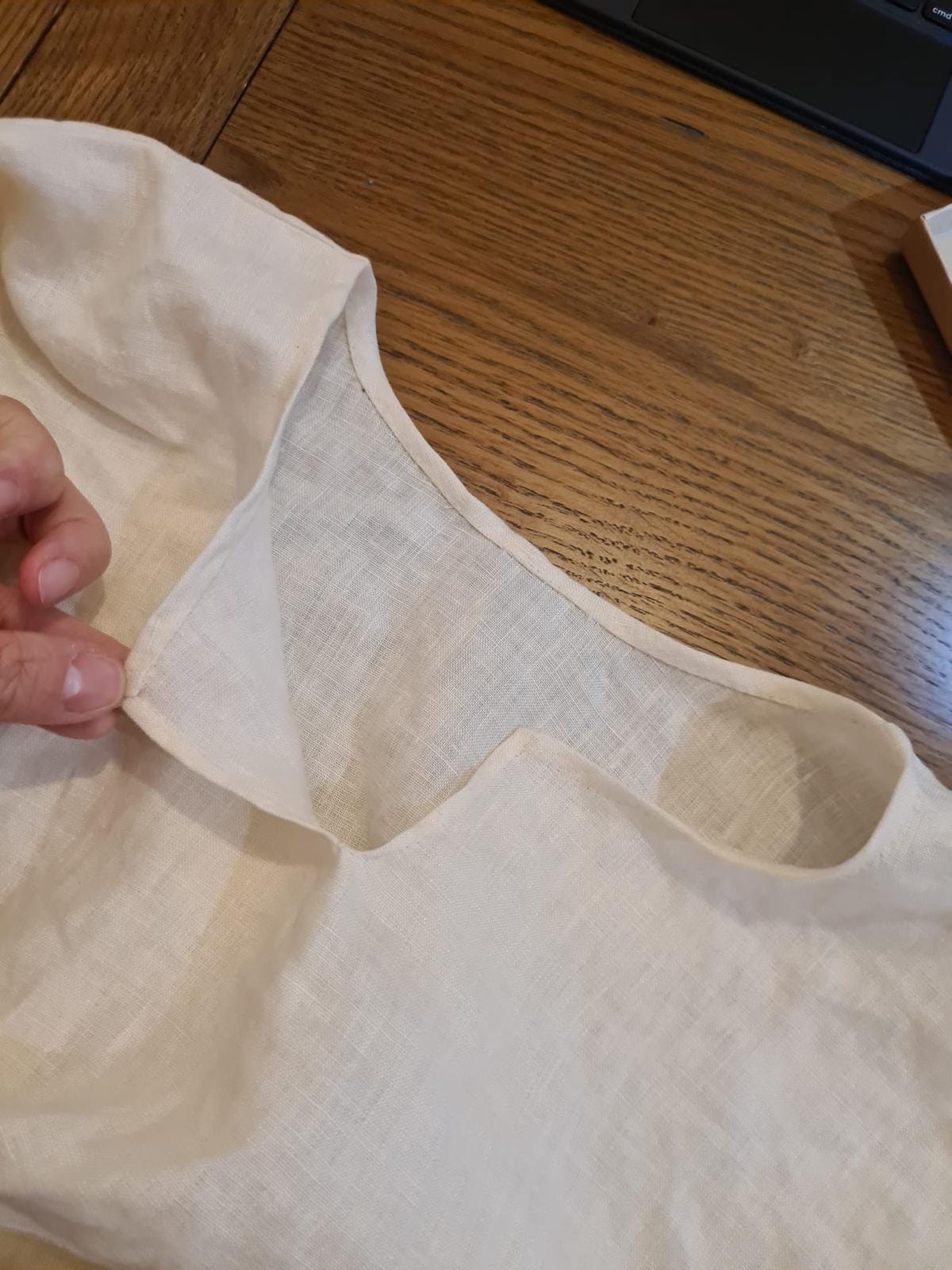
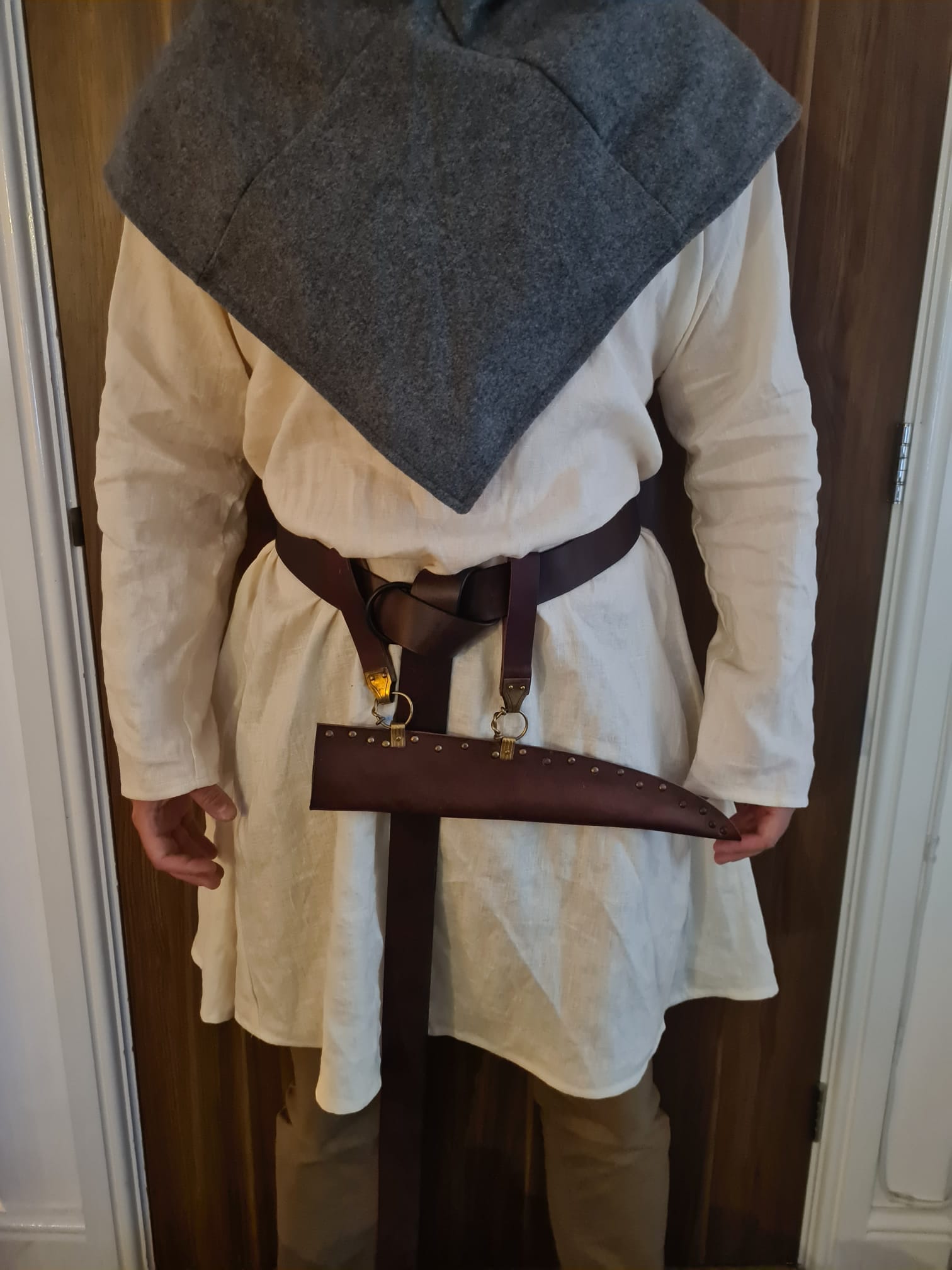
Erika Lochs creates clothing in the real world to develop her understanding of how different fabrics fold and fall
TGW: What resources can you recommend for helping artists get started with making their own clothes?
EL: If you want to make your own clothes in real life, YouTube is your best friend. There are some good channels for historical sewing including Sewstine, Bernadette Banner, and Abby Cox. If you want specific sewing instructions, Evelyn Wood is amazing.
There are also sewing communities. If you like historical dress communities, a place like Foundations Revealed is good. My personal favorite community is Gertie. She is mainly focused on vintage glam but has a Patreon and Discord. She brings out a new pattern each month and always adds a video to follow up on her Patreon.
“Marvelous Designer is becoming such a standard in the industry”
TGW: How do you think Marvelous Designer and ZBrush could be improved to help create clothes?
EL: A bridge between Marvelous Designer and ZBrush would be amazing! ZBrush already has bridges between software like Maya and 3ds Max, but I feel like Marvelous Designer is becoming such a standard in the industry that a link between the two would maybe speed up our workflows. For Marvelous Designer specifically, it would be a way to export both the pattern as well as the simulated mesh at the same time.
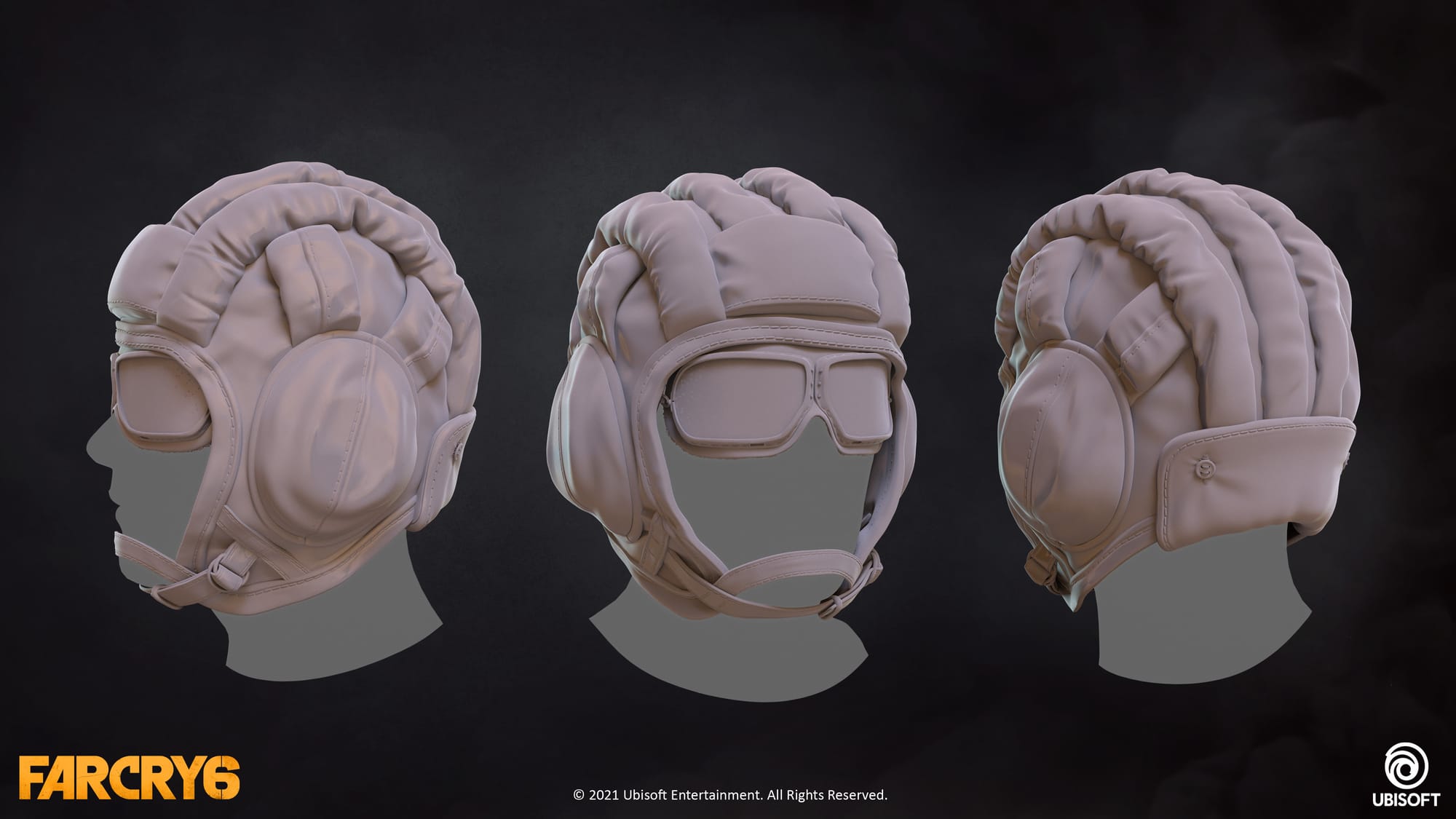
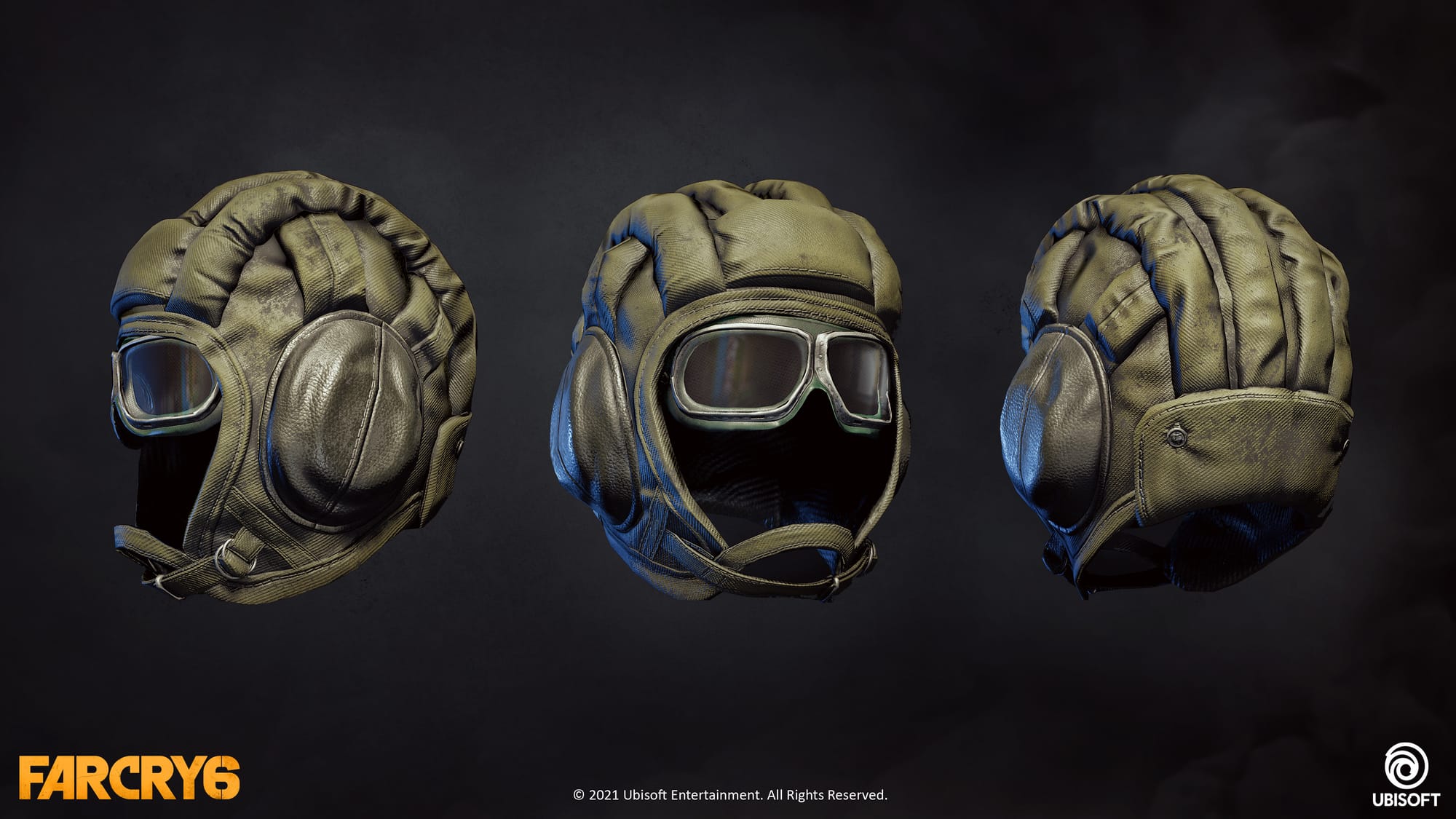
Rocketeer helmet created for Far Cry 6 by Erika Lochs. ⓒ 2021 Ubisoft Entertainment. All Rights Reserved.
TGW: What is your perspective on emerging technologies such as 3D scanning, and do you plan to integrate any of these into your workflow?
EL: I think they have their place, for sure. Some projects rely heavily on them, while others don’t. Just like scans, using Marvelous Designer has its pros and cons. Scanned clothes can look very good, but they also require a lot of cleanup and love in ZBrush to make them usable. In my opinion, all of this additional work negates the benefits in most cases.
Also, the more automated a process becomes, the less natural and hands-on it becomes. In my personal projects, I prefer to avoid integrating 3D scanning into my workflow because I enjoy using Marvelous Designer and ZBrush so much.
“Just like anatomy, making clothes takes time to get right. That’s why, when you want to learn anatomy, it's better to do smaller studies first, and once you have mastered that, try a likeness instead of the other way around. The same applies to clothes”
TGW: What advice would you give to an artist looking to get into character clothing creation?
EL: Practice makes perfect. Just like anatomy, making clothes takes time to get right. That’s why, when you want to learn anatomy, it's better to do smaller studies first, and once you have mastered that, try a likeness instead of the other way around. The same applies to clothes. Try something small first. It could even be a bag, but try and get the folds to look like how they are in your reference. Once you have that down, create a shirt and a pair of trousers. Just slowly start layering and making more complex things. It will be easier to learn than diving straight in and creating a super complex character from the start.
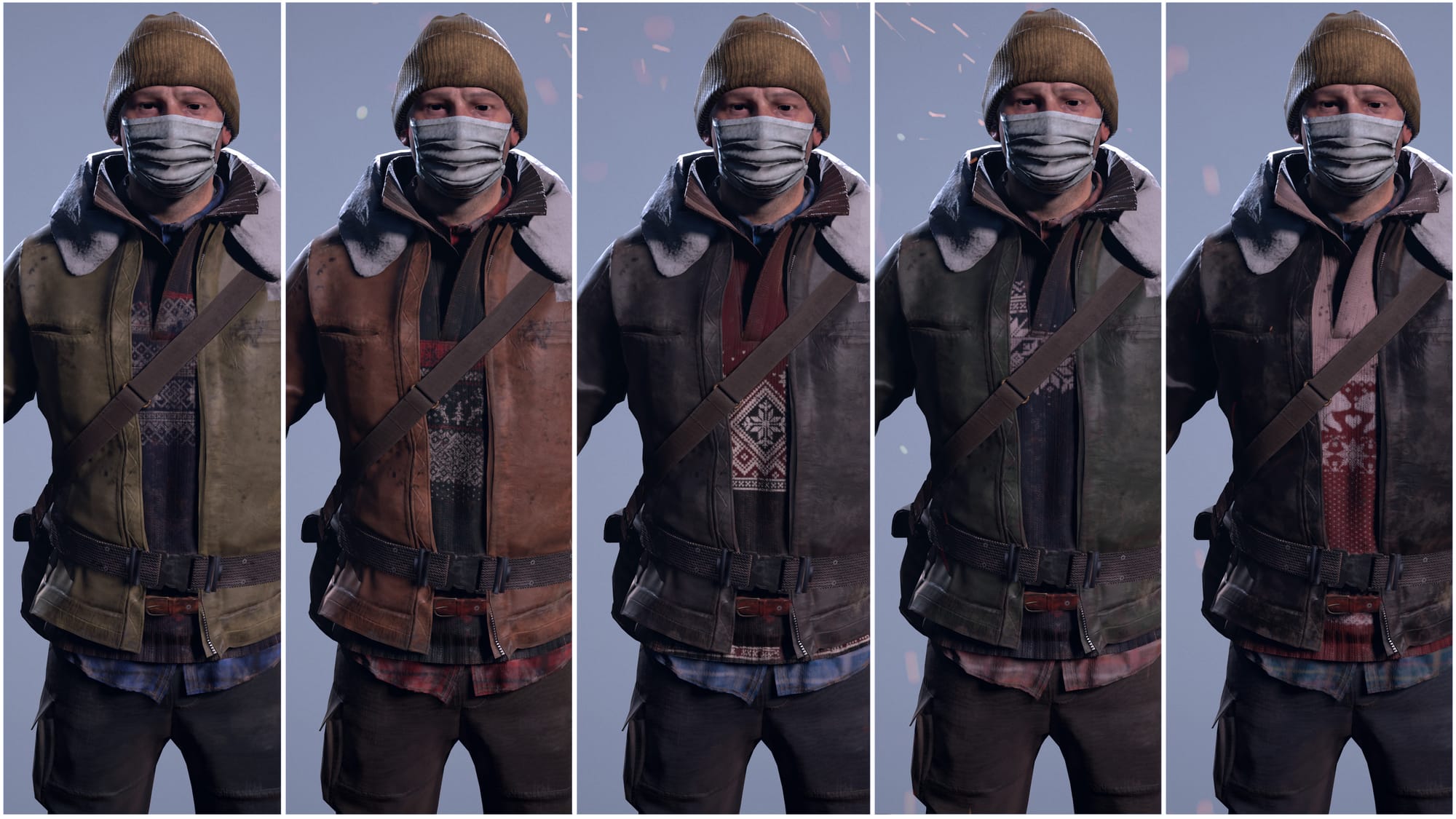
TGW: Which projects are you working on at the moment?
EL: I am working on creating a fabric bible. In one chapter of my Gnomon Workshop tutorial, I go over fabric tests that I have carried out to demonstrate how each fabric type can look very different in terms of folds and how it damages. The fabric bible is like that but with more fabric types and a couple more tests. I’ve asked a couple of character artists I have worked with about what types of fabric they would benefit from having a reference for, so I am starting with those first.
“Games started out looking very different from what they do now. We have come so far, and our graphics are looking better all the time. The continual development and improvement make it a very rewarding industry to work in”
TGW: What excites you most about the games industry's future as it relates to characters?
EL: The new technology that keeps coming up is probably the most exciting. Games started out looking very different from what they do now. We have come so far, and our graphics are looking better all the time. The continual development and improvement make it a very rewarding industry to work in.
It’s also exciting when, as character artists, we get more budget to make the assets come to life. This includes poly budget but also shaders. 20 years ago, you wouldn’t think that when your character ran through the water, the clothing would get wet, while now some games have elaborate systems to convey what is happening at that time to the character. I think that is pretty cool!
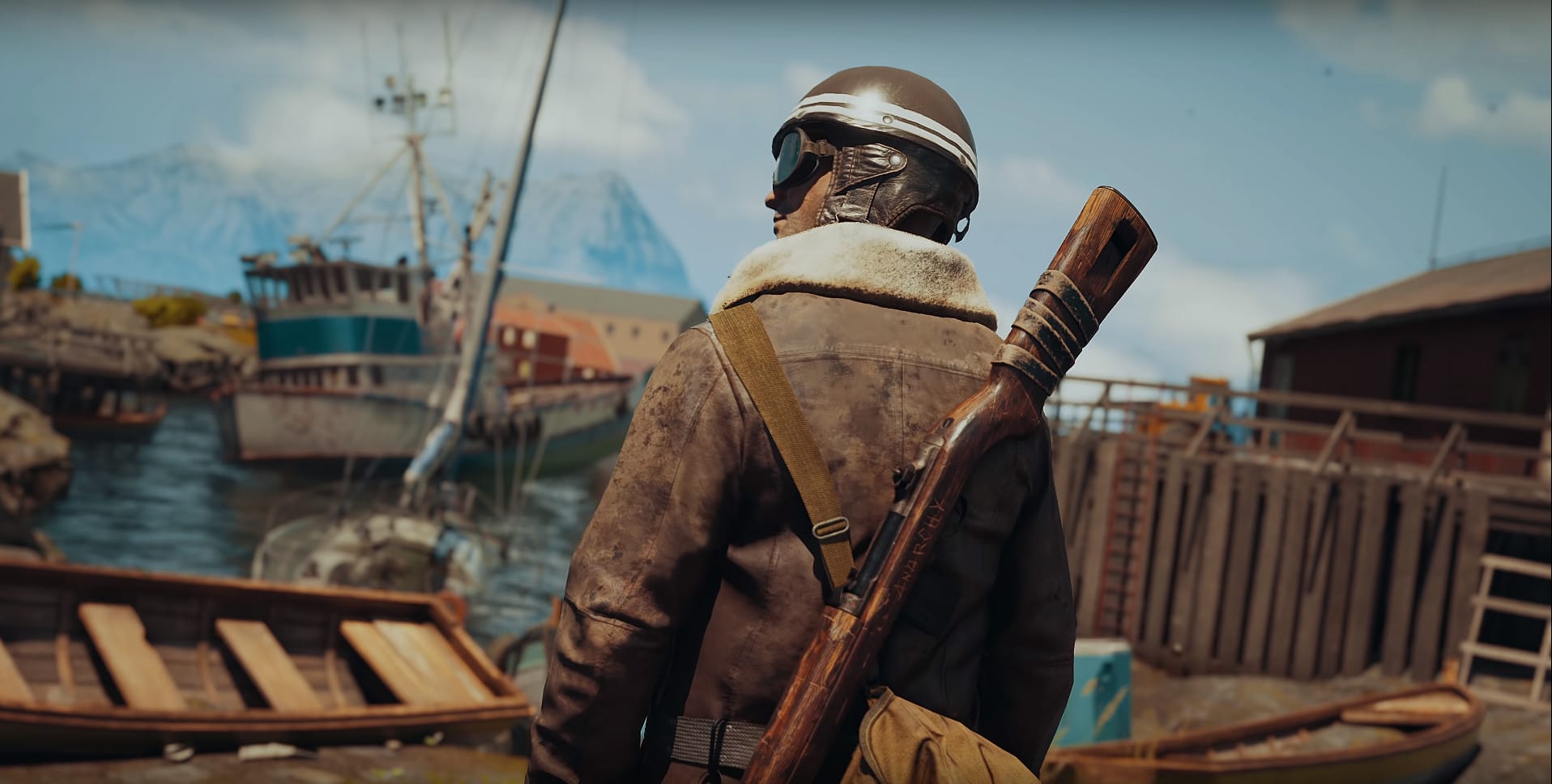
Watch Erika Loch’s Creating Realistic Fabric Clothing for Games workshop — streaming now at The Gnomon Workshop. A free 7-day trial is available for new customers.
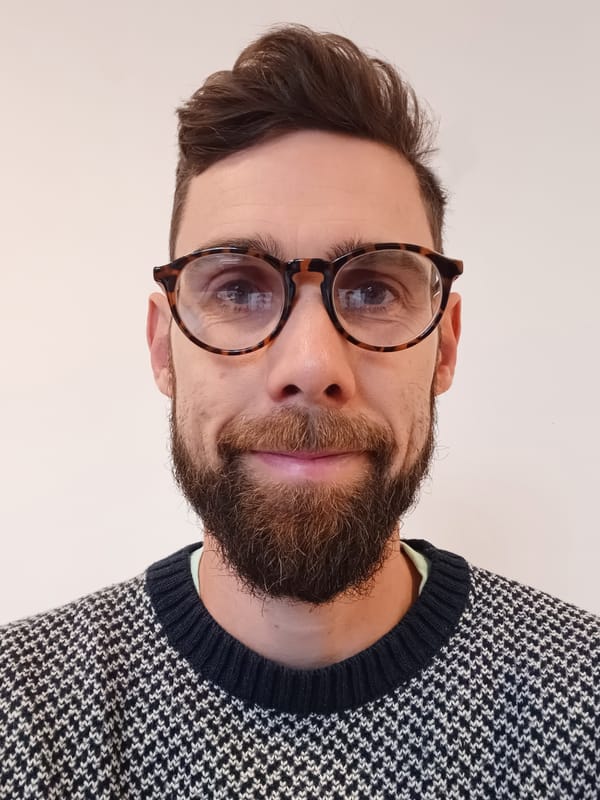
Paul Hatton
Paul has widespread experience working in the 3D, tech, and creative industries. With a love of all things visual, from 3D to videography, Paul enjoys any tech that enables him to bring ideas to life.

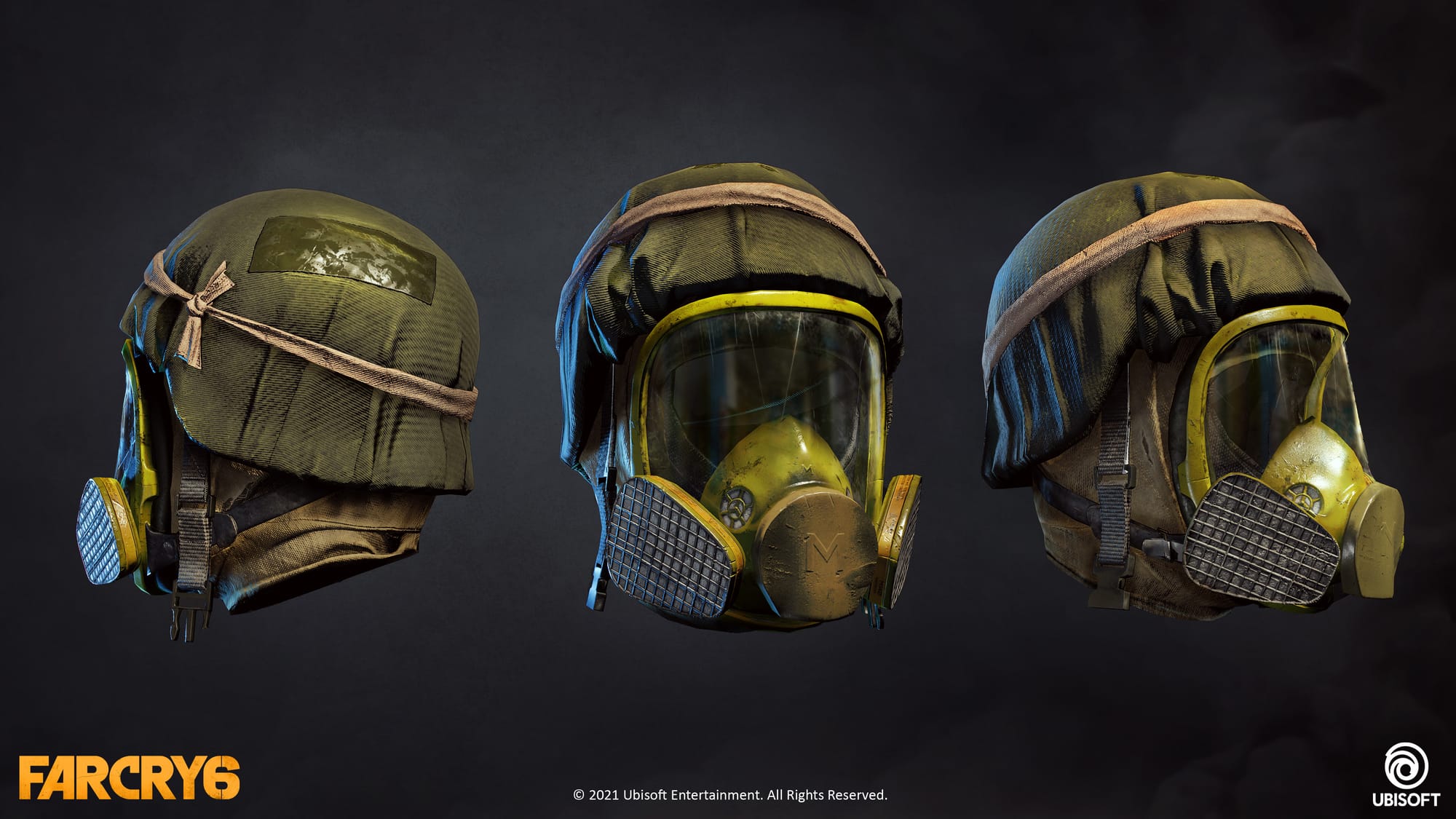


Related News
Beauty in the Beast: Neville Page on Burnout, Mindset & Creative Survival
May 07, 2025
Beauty, Beasts & Better Pipelines: Neville Page on Digital Design & Practical Makeup
May 07, 2025
Capturing Assets & Environments for Call of Duty: An Interview with Gui Rambelli
Feb 10, 2025